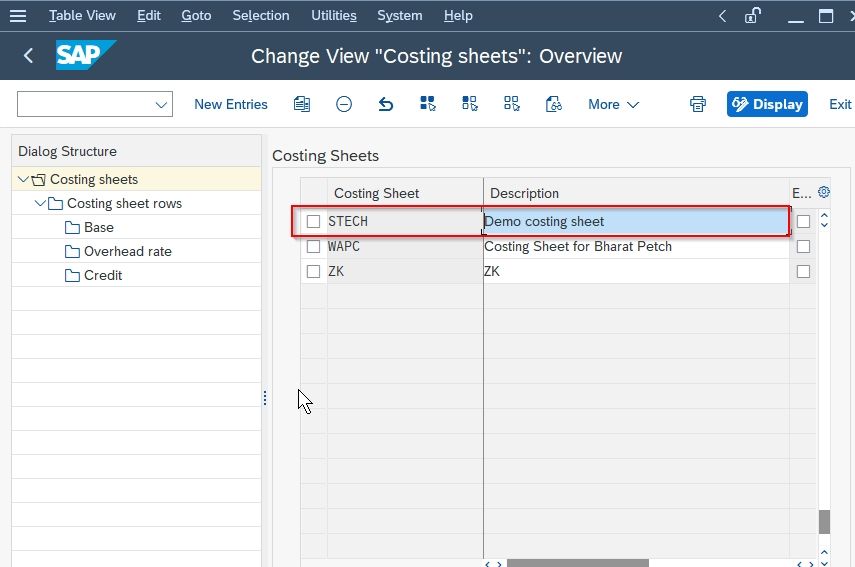
Lean accounting is related to lean manufacturing and production, which has the stated goal of minimizing waste while optimizing productivity. For example, if an accounting department is able to cut down on wasted time, employees can focus that saved time more productively on value-added tasks. Operating costs are the costs to run the day-to-day operations of the company. However, operating costs—or operating expenses—are not usually traced back to the manufactured product and can be fixed or variable.
- Small businesses that use standard costing often like this method because it feels simple and easier to manage than other costing systems.
- Opportunity cost is the benefits of an alternative given up when one decision is made over another.
- Historical cost accounting is a cost accounting method in which a company records the value of its assets in its financial statements based on the nominal price at which they were originally bought.
Types of Costs in Cost Accounting

Operating costs encompass all expenses related to the daily operation of a business, including COGS and SG&A expenses, such as rent, equipment, marketing, and payroll. However, lean costing is beneficial in industries where efficiency is crucial, such as automotive manufacturing, as it ensures resources are used sensibly. Cost accounting isn’t just a theoretical concept; it’s a practical tool used extensively in various real-life scenarios to enhance financial decision-making and business efficiency. Controllable costs are expenses managers have control over and have the power to increase or decrease.
Understanding Cost Accounting
Cost accounting is a process of recording, analyzing and reporting all of a company’s costs (both variable and fixed) related to the production of a product. This is so that a company’s management can make better financial decisions, introduce efficiencies and budget accurately. The objective of cost accounting is to improve the business’s net profit margins (how much profit each dollar of sales generates). Activity-based costing (ABC) calculates costs based on the activity and effort used to produce a product or service.
Guidelines for Management
It categorizes costs as direct (related to production) and indirect (overhead), aiding in budgeting, pricing, and decision-making. Cost accounting tracks and analyzes production costs, including direct and indirect expenses, to help in business budgeting, pricing, and strategic decision-making. Individually assessing a company’s cost structure allows management to improve the way it runs its business and therefore improve the value of the firm.
Advantages of Cost Accounting
It is also worth noting that cost accounting collects data both in monetary and non-monetary terms. In turn, these data are compared to pre-established standards and budgets to exercise management control over the company’s operations. Cost accounting also provides information to management regarding actual results (e.g., departmental outputs, actual labor costs, and the cost of materials in process). The goal of lean accounting is to improve financial management practices within an organization.
Primarily deals with revenue, expenses, assets, liabilities, and equity.Highly regulated; must adhere to established accounting standards. Estimates, plans, budgets, and other aids are provided to management to compare the desired results and the actual results. It assimilates in itself the functions of costing, which certainly is a narrower term.
The question of what technique and process to use depends on the nature of the industry, the type of product, and the method of production. Cost audit refers to the detailed verification of the correctness of costing techniques, costing systems, and cost accounts. In any manufacturing or service firm, it is crucial to calculate the correct cost of services to charge customers. This insights and his love define costing for researching SaaS products enables him to provide in-depth, fact-based software reviews to enable software buyers make better decisions. Throughput accounting focuses on working around these limitations and is more focused on sustaining workflow than cutting costs. Once throughput is maximized, input and output will flow in the best possible way, allowing companies to reach revenue maximization.
Historical cost accounting is a cost accounting method in which a company records the value of its assets in its financial statements based on the nominal price at which they were originally bought. The main aim of marginal costing is to determine the break-even point during production. Production reaches a break-even point when the total revenue of production equals total production costs. This method aims to work out the cost of each unit of output and how various types of costs contribute to the total cost of the unit. It is used by companies who have a standard cost for each unit produced e.g brick manufacturers. Operating costs are costs that are incurred in the day-to-day running of a business.
A company can use the resulting activity cost data to determine where to focus its operational improvements. For example, a job-based manufacturer may find that a high percentage of its workers are spending their time trying to figure out a hastily written customer order. Via (ABC) Activity-based costing, the accountants now have a currency amount pegged to the activity of „Researching Customer Work Order Specifications“. Senior management can now decide how much focus or money to budget for resolving this process deficiency. Activity-based management includes (but is not restricted to) the use of activity-based costing to manage a business. As business became more complex and began producing a greater variety of products, the use of cost accounting to make decisions to maximize profitability came into question.
